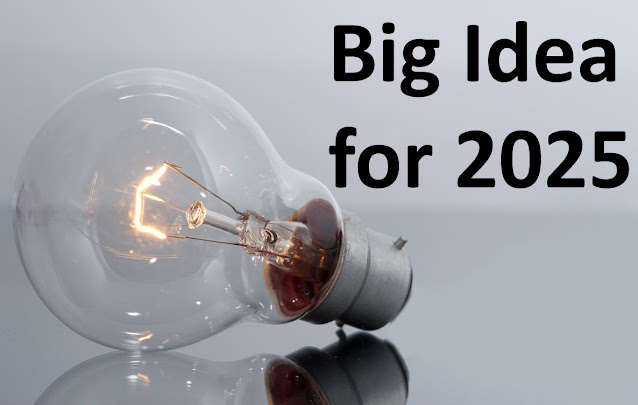Circles, Lines, and Arrows
It just seems to me that many people trying to explain the semantic web are making that explanation far more complicated than it really needs to be. Many, if not most, are trying to explain the semantic web in technical terms and from an inappropriate perspective. "Triples" or "nodes and edges".
I am going to take a different approach. I want to separate the "implementation" from the "logic" of the semantic web.
First, the focus of the semantic web is not a bunch of semantics put on the web. The focus is on performing work; it is about how work can be performed by an intelligent agent IF the "semantics" exist on the web. Putting the semantics on the web is a means to achieve an end, performing that work.
Second, what exactly is "semantics"? Fundamentally, what many people call "the semantic web" is about putting what amounts to "statements" on the internet in a form that a machine can read and interpret those statements. I explained statements in this blog post, You Learned About Semantic Web Fundamentals in Fifth Grade. Those machines don't "understand" those statements, they simply read and interpret those statements per the rules of Boolean math. Computers are dumb beasts. Computers are a tool.
Third, what exactly are you trying to accomplish with that tool? Do you want "sort of correct answers" or "actually correct answers"? If you simply tell the tool what to do using very precise and specific rules; then a computer tool can give you actually correct answers using those rules and you will be guaranteed to get the same answer over, and over, and over every time you ask the question. That is how rule-based intelligence works. The intelligence comes from the skilled and experienced human that created those rules. Probability-based intelligence can never, as in NEVER, guarantee you that the answer that tool provides is actually correct. The answer might be correct, and the answer might be correct more times than it is wrong; but fundamentally, you cannot blindly rely on probability-based intelligence. Rule-based and probability-based processing each have their place.
Fourth, the more rules provided to the tool the more the tool can do for the human. In a post by Vlad Radziuk on LinkedIn, he correctly points out that the more information the machine has, the more the machine (tool) can do for the user of that tool. Vlad's statement is spot on (paraphrasing): If you want to rely on artificial intelligence for automation, you need to find a way to describe the world and provide an explanation as to how that world works to the tool that performs the automation. A complete and precise description is necessary, based on the objective of the system. There is no magic involved here.
Logic is a communications tool. Humans innately understand logic. Sure, you can understand logic better if you take a class in formal logic. It blows my mind that so many people fall for the fallacies for what is called "informal logic". Those informal fallacies are common errors in logical reasoning. They are not logic, they just seem like logic. Again, no magic is involved here.
Fifth, as I tried to point out in this blog post, Unprecedented Clarity, you can draw pictures of the details of the logic in statements, like this:
A picture is worth a thousand words. The use of circles, lines, arrows, colors, and text labels helps explain the information in the statements that is trying to be conveyed. Having one description/explanation that both humans and machines can use is quite powerful. Also, people don't seem to grasp that the simple picture above, when you have hundreds if not thousands of statements allows you to generate something like this:





Comments
Post a Comment